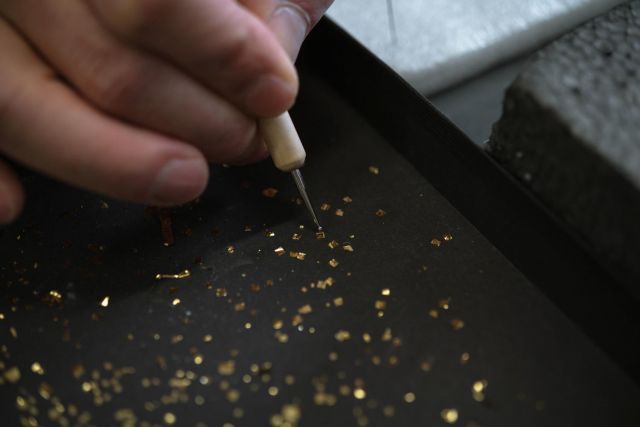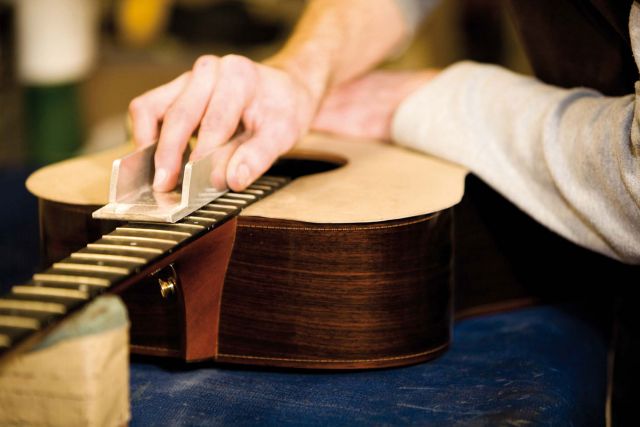A unique botanical sculpture of the wildflower commonly known as Dog violet (Viola riviniana), with one single flower, several leaves and roots, accurately reproducing the plant in size, structure and colour. It is part of Annette's Life Support series. It has been handmade using traditional wax modelling techniques from beeswax, paraffin wax, mixed media and finished with acrylic paints and varnishes. It is displayed mounted on a circular, solid, custom lathed stainless-steel base, inside a hand-blown glass orb cover.
Diameter 21 cm
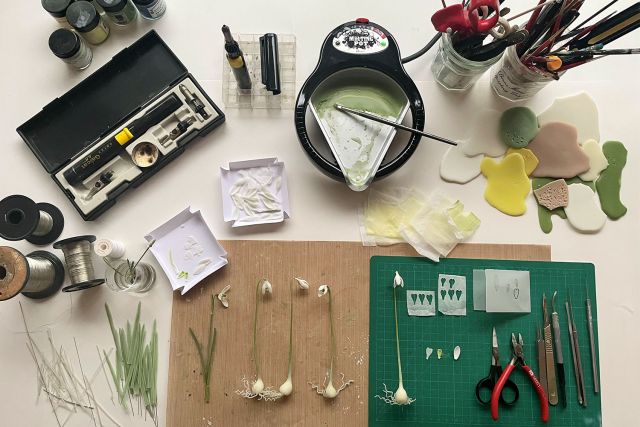
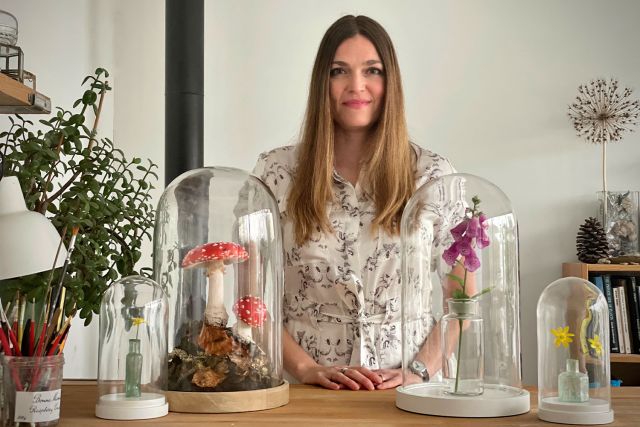
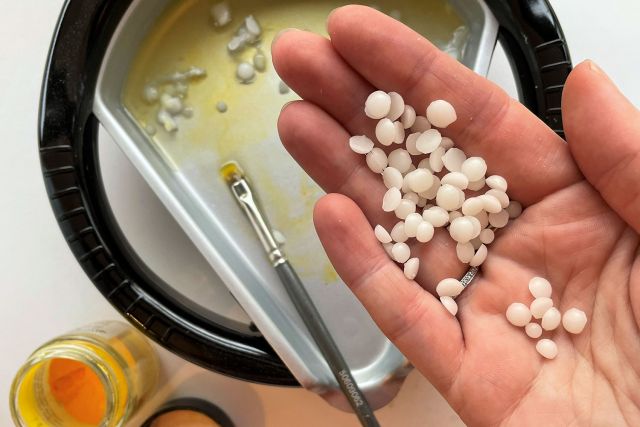
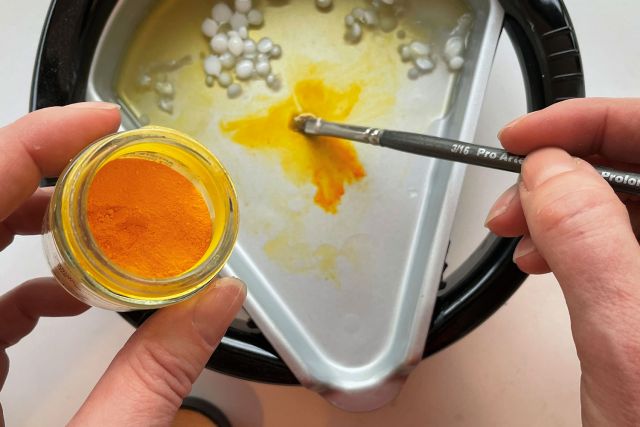
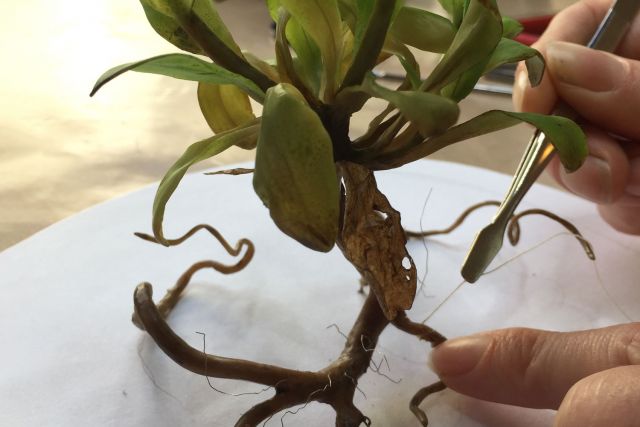
Annette Marie Townsend
- Wax worker
- Cardiff, United Kingdom
- Master Artisan
By appointment only
+44 7758496612
Botanical wonders
- • Wax is Annette's medium of choice
- • She is an Icon (Institute for Conservation) qualified Natural Science Conservator
- • Her work explores nature and the theme of protection
Annette Marie Townsend’s work is inspired by nature and the desire to communicate the beauty and fragility of the natural world. “When I first started working at the National Museum of Wales in Cardiff, I used to sit at the large wooden table in the herbarium, drawing illustrations of plants for scientific publications. One day a colleague took me to the store room where all the Botanical specimens were kept and showed me the cabinets and boxes full of beautiful wax plant models. I was mesmerised by them and I knew at that moment that I wanted to learn how to make them.” Because nowadays only a few people work in wax, she taught herself how to do it by reading the notebooks and archives of the botanical artists who had worked at the museum before her.
Read the full interviewWorks
Photo: © Dewi Tannatt Lloyd

Photo: © Dewi Tannatt Lloyd
A unique botanical sculpture of the Forget-me-not (Myosotis arvensis), with multiple flowers, seed heads, leaves and roots, accurately reproducing the plant in size, structure and colour. It is part of the Life Support series. The Forget-me-not is made using traditional wax modelling techniques from beeswax, paraffin wax, mixed media and finished with acrylic paints and varnishes. Mounted on a circular, solid, custom lathed stainless-steel base, inside a hand-blown glass orb cover.
Diameter 34 cm

Photo: © Dewi Tannatt Lloyd
A unique botanical sculpture of the primrose (Primula vulgaris), with several flowers, leaves and roots, accurately reproducing the plant in size, structure and colour. Handmade using traditional wax modelling techniques from beeswax, paraffin wax, mixed media and finished with acrylic paints and varnishes. Annette has mounted the plant on a circular, solid, custom lathed stainless-steel base, inside a hand-blown glass orb cover.
Diameter 33 cm

Photo: © Dewi Tannatt Lloyd
A unique botanical sculpture of the Pyramid orchid (Anacamptis pyramidalis), which has a single flower spike, basal leaves and roots. Annette has accurately reproduced the plant in size, structure and colour. Handmade using traditional wax modelling techniques from beeswax, paraffin wax, mixed media and finished with acrylic paints and varnishes. It is then mounted on a circular, solid, custom lathed stainless-steel base, inside a hand-blown glass orb cover.
Diameter 28 cm

Photo: © James Turner
This collection of unique botanical sculptures of common wildflowers, accurate in size, structure and colour; is displayed in a custom-made, transparent, Perspex jewellery style box with drawers, compartments and an open lid. The flowers are handmade using traditional wax modelling techniques, from beeswax samples which contain pesticide residues. The beeswax was collected and analysed by scientists at Cornell University, New York.
Length 40 cm
Width 30 cm
Height 30 cm







